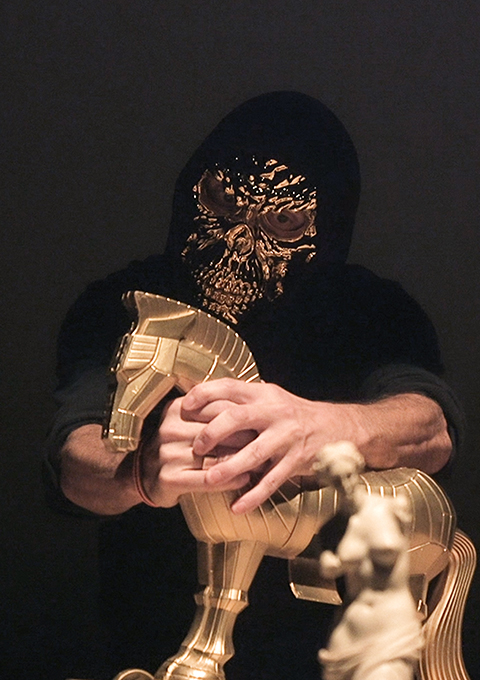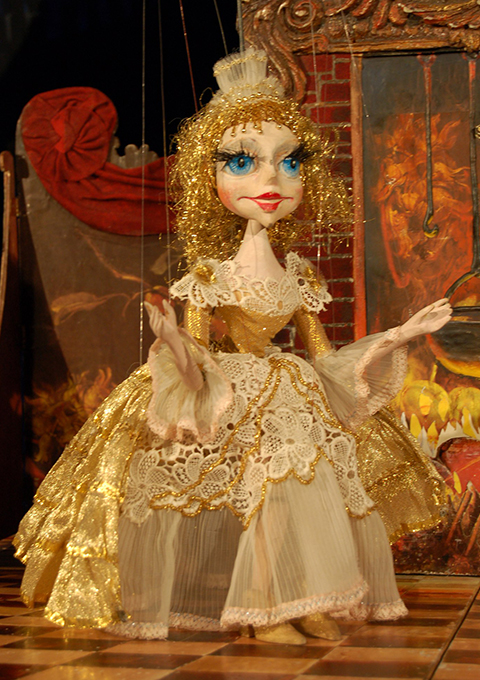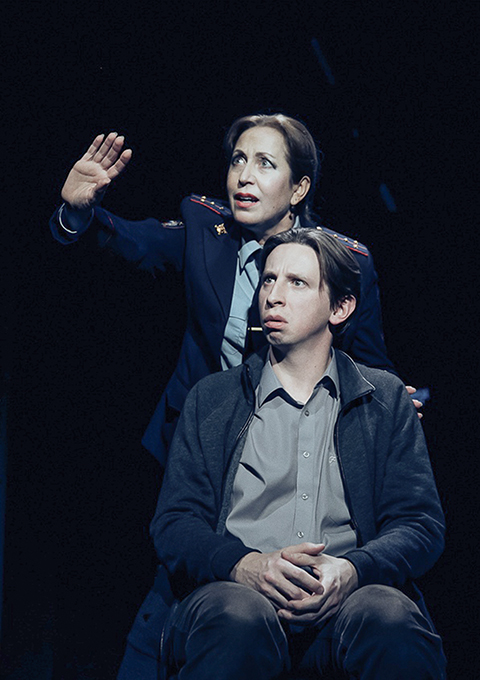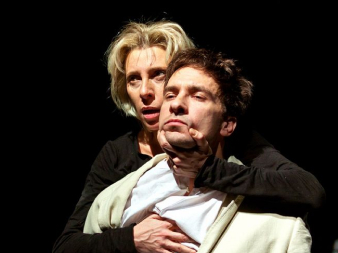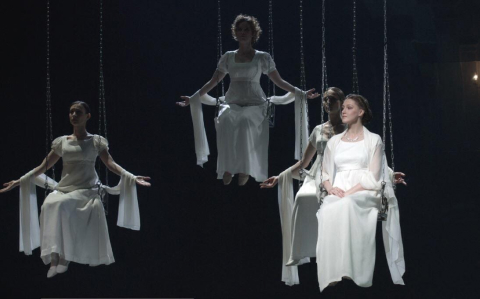In his work ‘Asylum’, Be’er examines concepts such as identity, foreignness, oppression, freedom, belonging, homeland, longing, and home. According to him, these concepts are ones that are relevant to every human being from an existential view, wherever he or she may happen to be situated in place and time. The quest for a place that is identified as a home is part of the human existential experience.
Kibbutz Contemporary Dance Company (KCDC), one of the leading dance companies in the world, is identified with the work of Artistic Director Rami Be’er whose exclusive and unique choreographic character has become the company’s trademark both in Israel and abroad. With its technically strong and physically eclectic cast of dancers and its dynamic sensibility, KCDC characterizes Israeli dance at its best and performs regularly in the most respected theatres and at leading festivals worldwide.


